Must-See Cinema
Michelle Handelman, associate professor in FIT's Film and Media BS program recommends ten classic movies with entrancing imagery.
"These are the films I continually revisit to inspire me in my own filmmaking," she says, "Films that remind me what's possible when great artists, directors, cinematographers, actors, and more come together and break the rules. In short, films that are visionary."
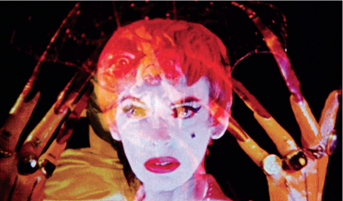 |
Inauguration of the Pleasure Dome (1954) by Kenneth Anger This is quite possibly my favorite film of all time. No plot, just visual decadence, wrapped in saturated colors and set to an operatic score, by a master of mise-en-scène. It features artistic and literary luminaries Anaïs Nin, Curtis Harrington, and Marjorie Cameron. Everyone was asked to come dressed as their madness, and they appear in a hallucinatory riot of color and costume: feathers, jewels, nymphs, and demons. The result is pure visual desire. |
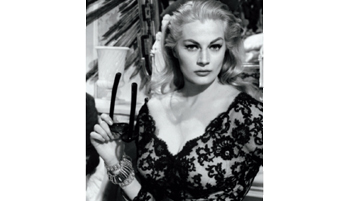 |
La Dolce Vita (1960) by Federico Fellini Fellini was a master at combining cinematic precision and chaos, and surely any of his films could be listed here, but this was his career-defining foray into existential investigations of glamour and fame. I love Marcello Mastroianni's ever-cool sunglasses, Anita Ekberg's embodiment of haute couture, and of course the Greek chorus of paparazzi flash bulbs, all set against the spectacular ruin that is Rome. Most spectacular is Fellini's dizzying camera lens traveling from one scrumptious moment to the next. Not a single frame is wasted. |
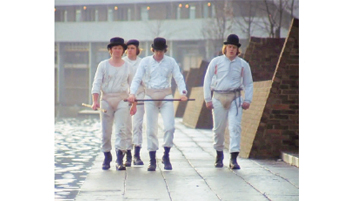 |
A Clockwork Orange (1971) by stanley kubrick Kubrick is one of the few filmmakers whose work is both stunning and deeply political. Based on Anthony Burgess's dystopian novel, lead character Alex and his droogies personified the social unrest of post-Carnaby Street London, a time in the UK when the Labor Party was being bludgeoned by the ruling Conservative Party. The cool, futuristic setting of the Milk Bar and the molded plastic erotica contrast sharply with the architectural despair of the run-down council flats. And Alex's iconic lower false eyelash has become an eternal emblem of restless youth. |
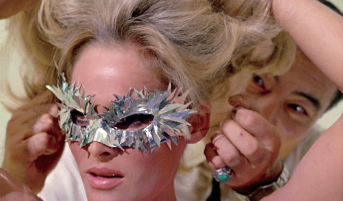 |
The 10th Victim (1965) by Elio Petri Surface runs deep, and this film is all surface. It's set in a future where the biggest form of entertainment is The Hunt, a game where the first contestant to kill ten people becomes a superstar. The design, full of '60s mod Italian style, is pure pop art. Each of Ursula Andress's outfits is sexier than the last, and the scene of her in a black-and-white shooting gallery with a high-powered rifle and a hot-pink backless pantsuit is to die for. |
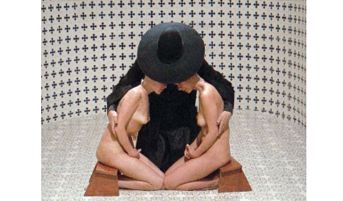 |
The Holy Mountain (1973) by Alejandro Jodorowsky After the art-house success of Jodorowsky's masterpiece, El Topo, this film found financing in America by none other than John Lennon and Yoko Ono. Touted as a metaphysical masterpiece, halfway through you will find yourself wondering what this film is about, but it won't matter, as each scene is constructed as a contemporary mystical ritual. Loosely based on the tarot and one man's journey to enlightenment, The Holy Mountain doesn't disappoint lovers of fantastical costumes, highly symmetrical sets, and breathtaking artifice. |
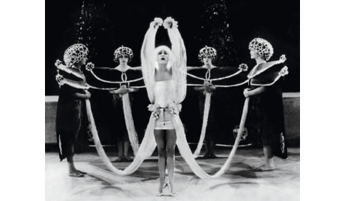 |
Salome (1923) by Alla Nazimova Made in the mid-20s by the Russian dancer-turned-MGM movie star Alla Nazimova, this film is a rediscovered piece of queer history. The film is a flamboyant adaptation of Oscar Wilde's one-act play Salome, featuring sets based on the original Aubrey Beardsley illustrations of Wilde's play. Nazimova was the grande dame lesbian of old Hollywood, known for hosting bacchanals at her Sunset Boulevard mansion, The Garden of Alla, and for arranging two lavender marriages for Rudolph Valentino. The wigs and makeup are exquisite, and the whole piece is wicked fun. |
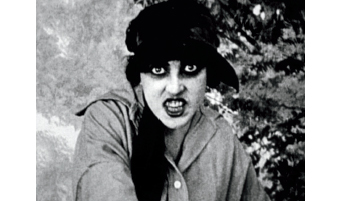 |
Les Vampires (1915) by Louis Feuillade Full disclosure: My latest project is based on the lead character from this film, so yes, I'm a huge fan. The title characters aren't really vampires, but a gang of jewel thieves led by the dark and mischievous Irma Vep, the first cinematic vamp, a prototype catwoman. It's a classic cops-and-robbers caper with a subtext of class warfare. Irma Vep spends much of the film slinking around Parisian rooftops and darkened hallways in her black catsuit, striking an unforgettable silhouette. |
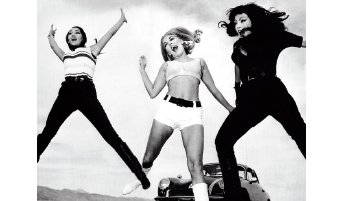 |
Faster, Pussycat! Kill! Kill! (1965) by Russ Meyer The first 20 minutes of this film will teach you everything you need to know about action cinema. Three tough women are out for some fun, and set against the stark landscape of the Southern California desert, Meyer has transformed black-and-white film into finely etched charcoal. His camera defined the tough-girl look of the '60s, and the female body is presented as a landscape with all the requisite cliches of sharp curves, deep valleys, and large peaks. But this is no simple exploitation film. The entire beginning is shot with low and oblique angles, compressing and expanding space as only a great cinematographer can do. |
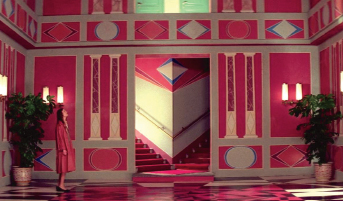 |
Suspiria (1977) by Dario Argento Serious horror fans know the great stylist Dario Argento, another Italian master of color and form, whose classic compositions are shot through with vibrant primary colors. Argento paints with light, presenting scenarios both frightening and illuminating. The opening scene in the girls' dormitory plays out as contemporary shadow theater, backlit with blue and red. The scene where Pat, the expelled student, crashes through a pane of stained glass, falling onto an Art Deco inspired black-and-white floor, is beyond description. |
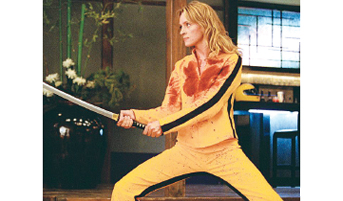 |
Kill Bill: Vol 1. (2003) by Quentin Tarantino Part cartoon, part postmodern painting, every film Tarantino makes (with the possible exception of Jackie Brown) is a visual feast, but the last scene in this film is my favorite. After the spectacular blowout in the nightclub, The Bride (Uma Thurman) and O-Ren Ishii (Lucy Liu) step out into a stunning Japanese garden with cherry blossoms covered by falling snow. Thurman's yellow jumpsuit contrasts with Liu's snow white robe, and the whole scene—set to the flamenco music of the Gipsy Kings—gets painted with red. It's genius! |
This article first appeared in the Fall 2013 issue of Hue Magazine.